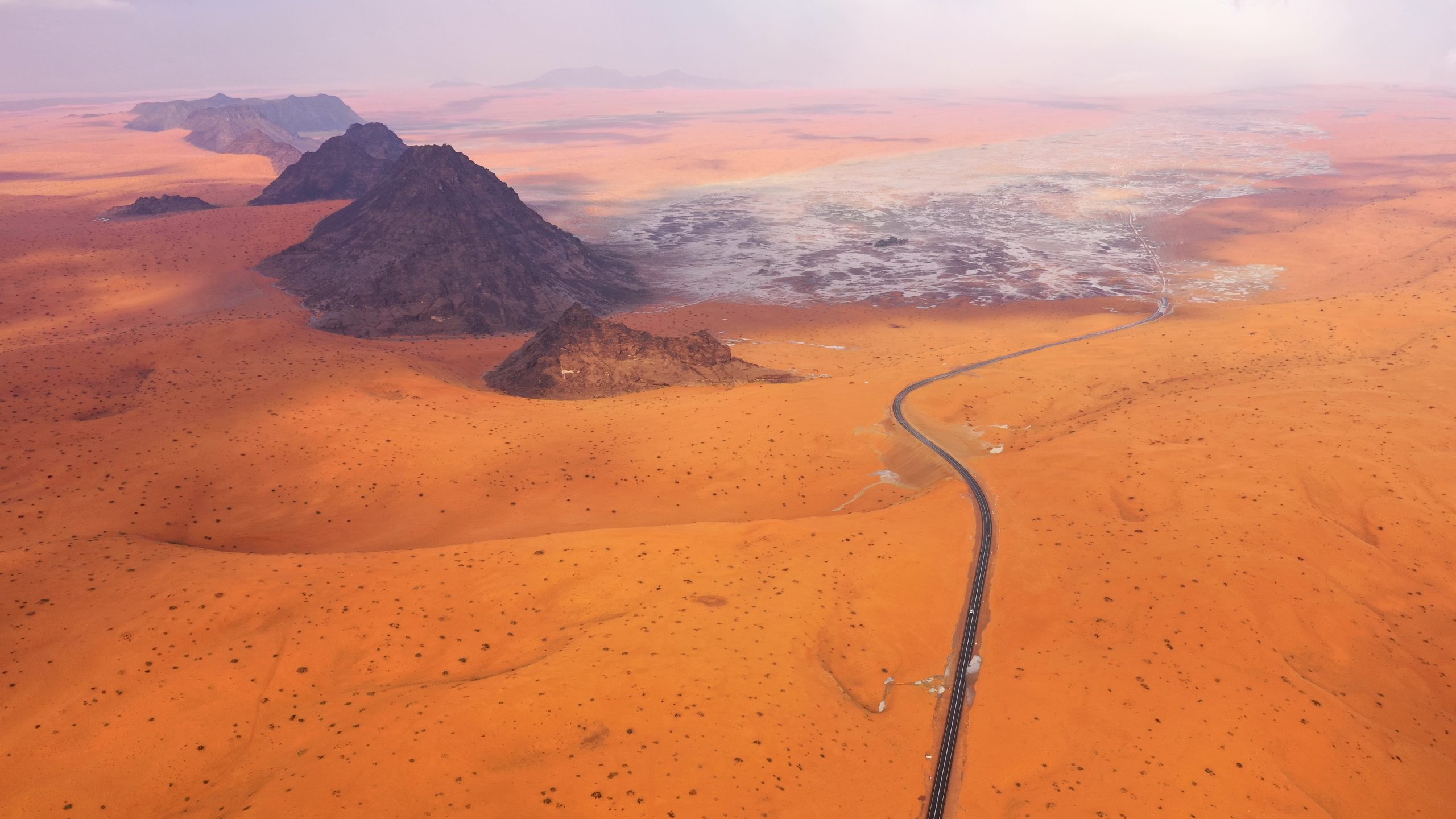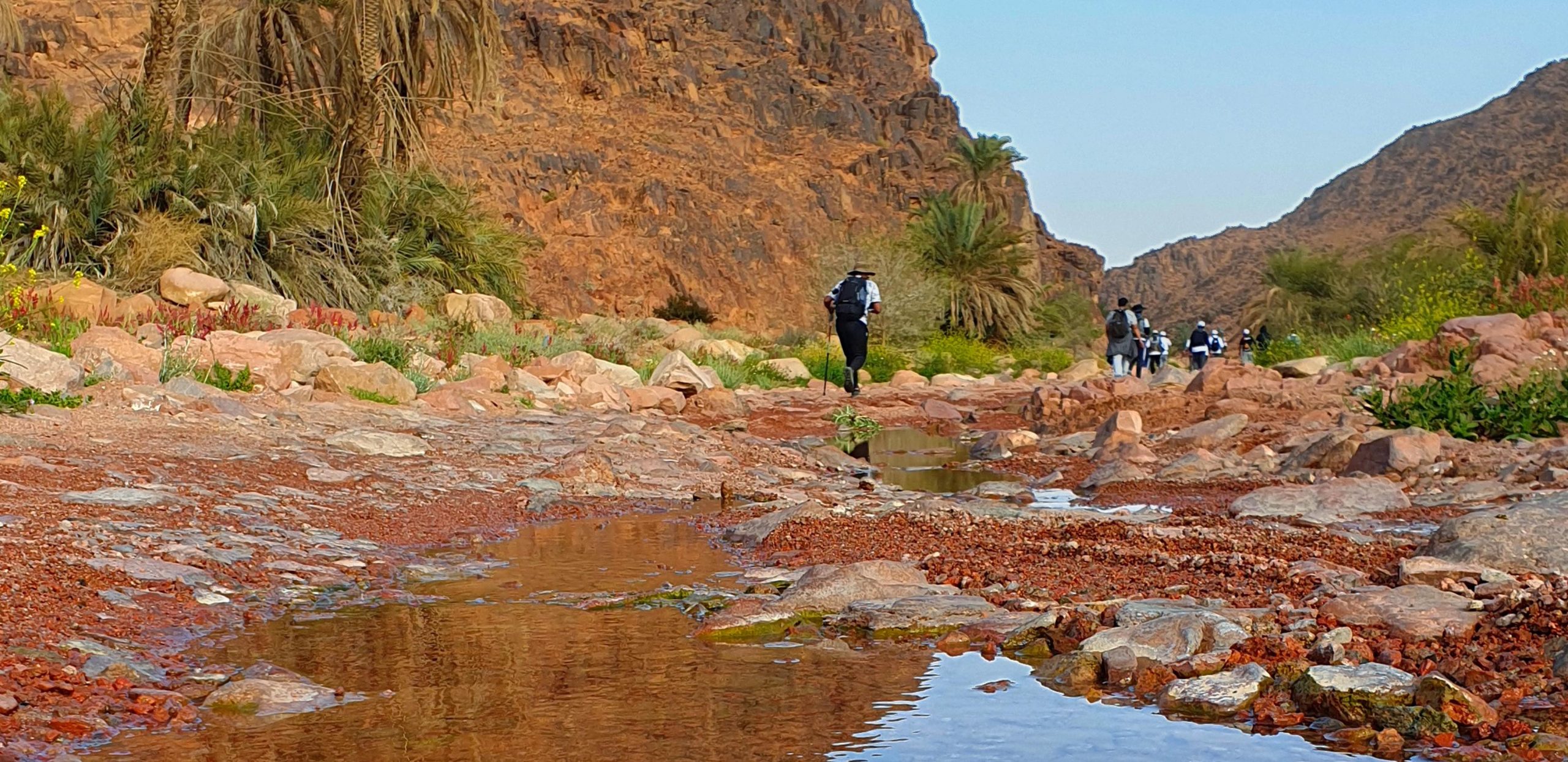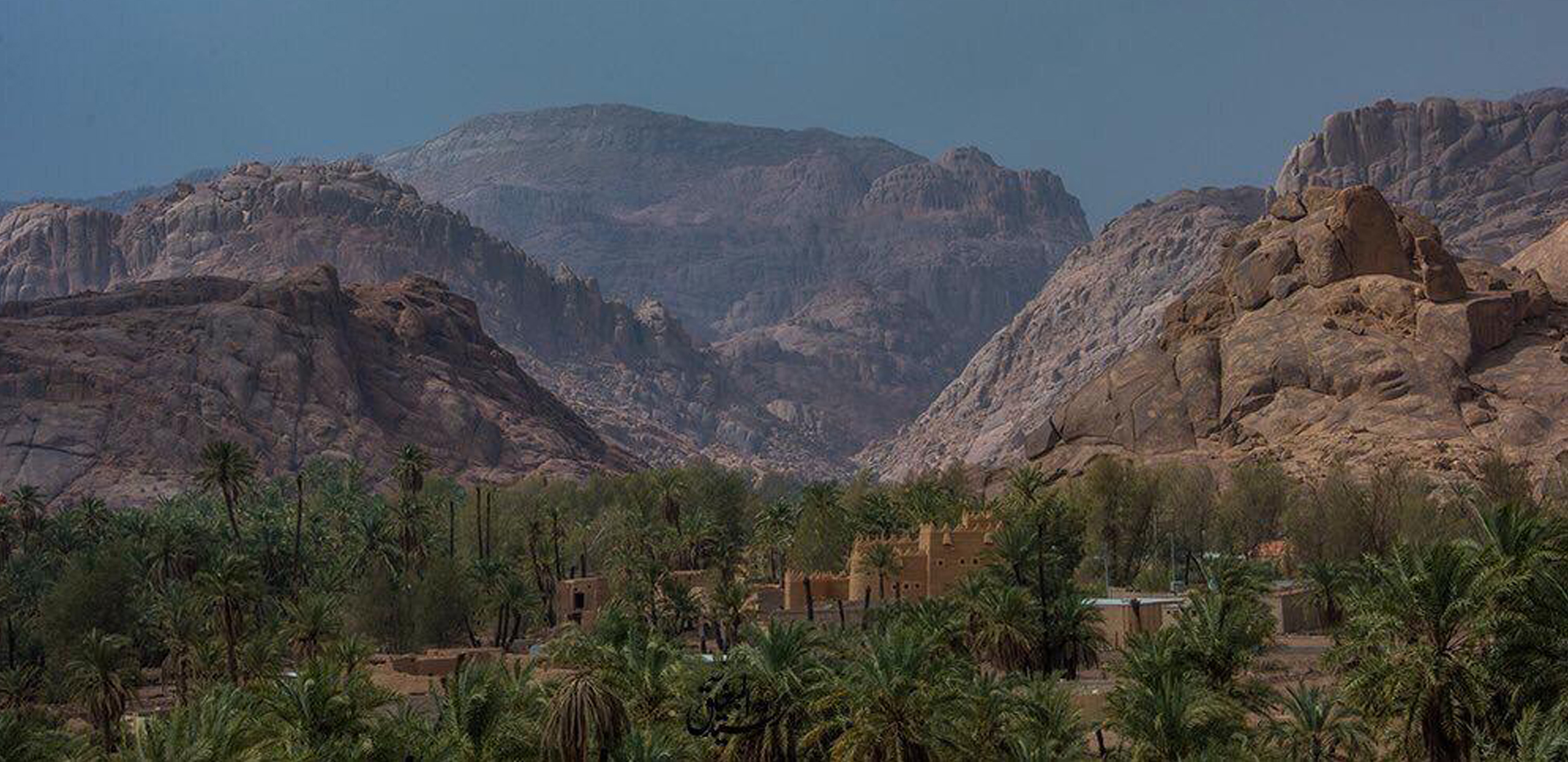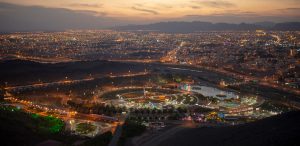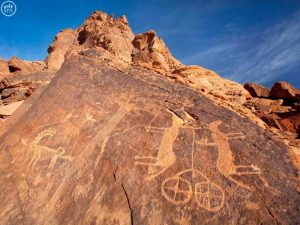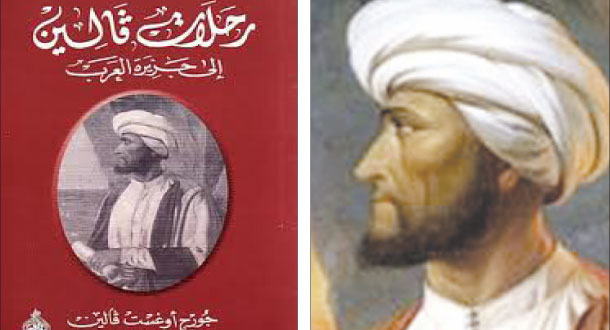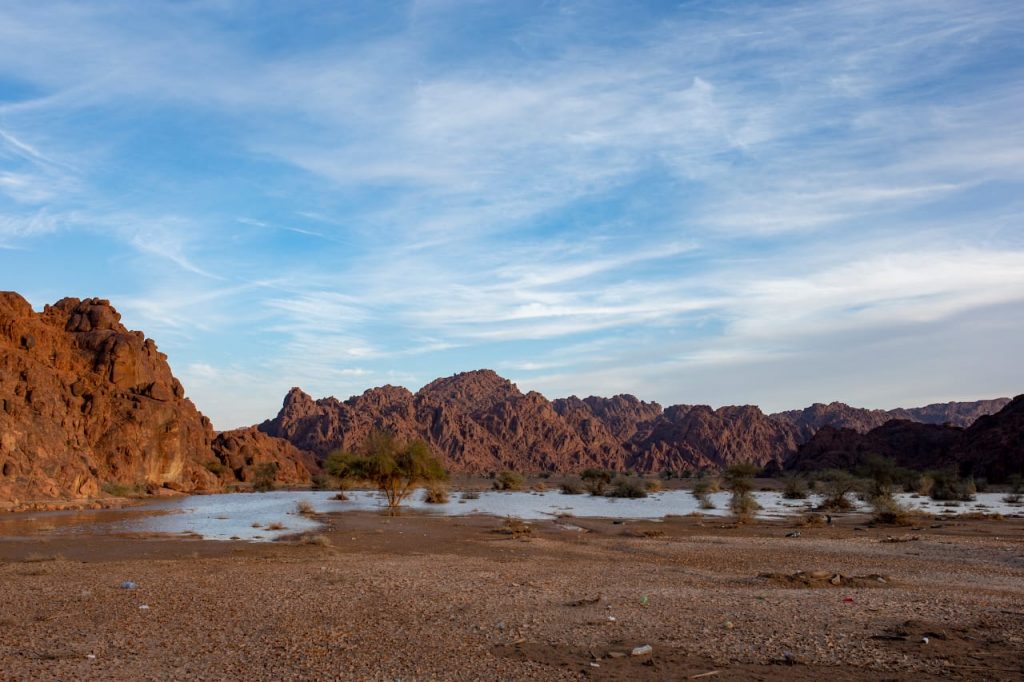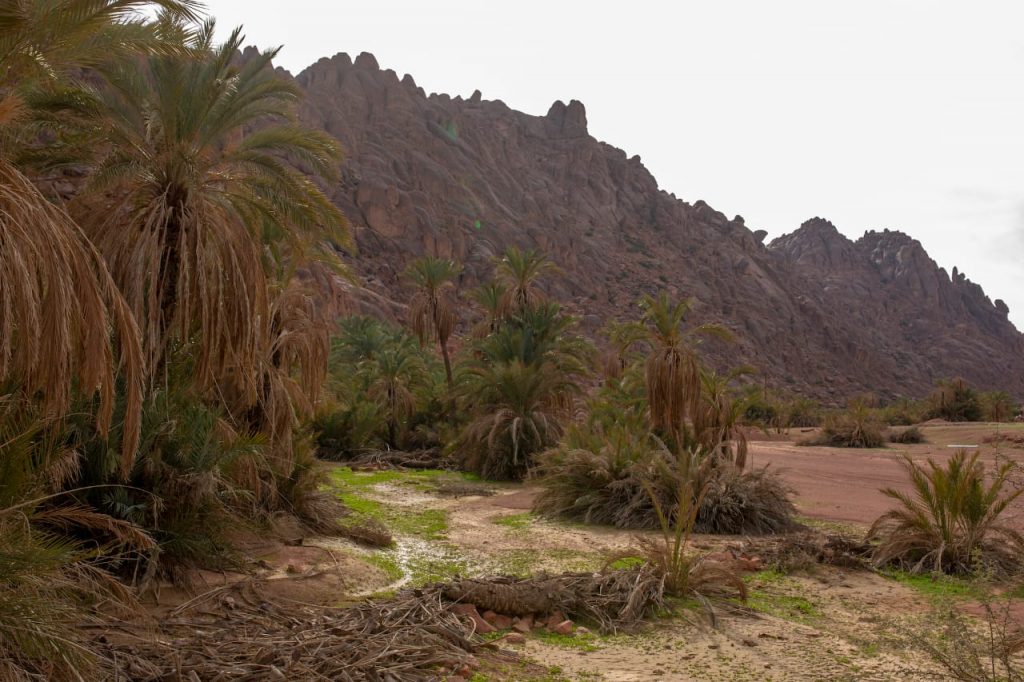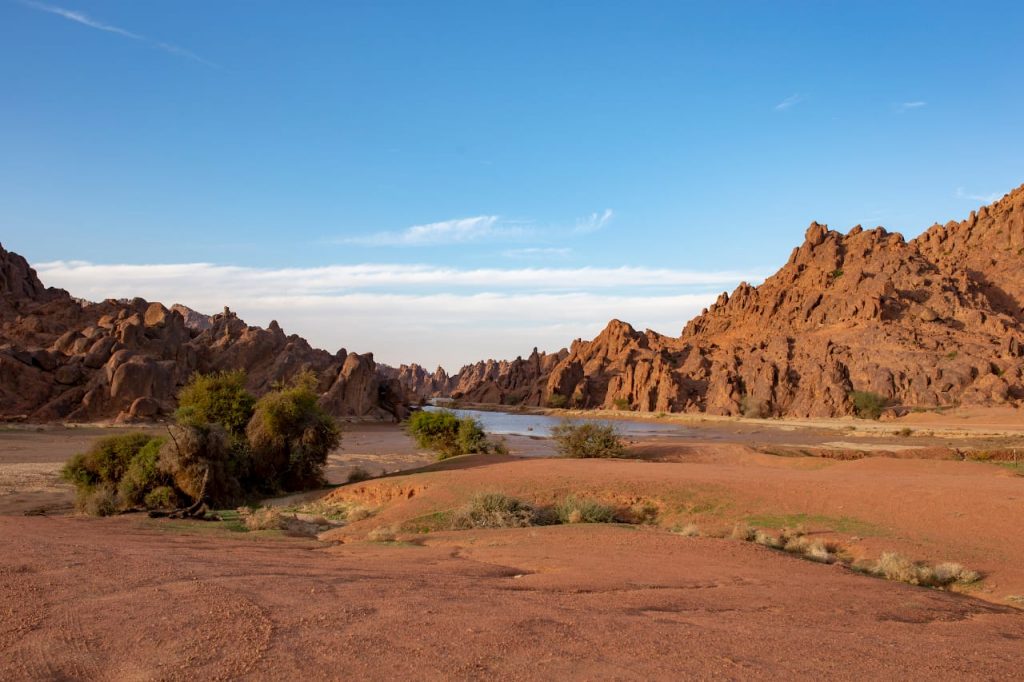Hail
The region of Hail is located in the middle of the northwestern part of the Saudi Araba kingdom and extends from the Great Nafud in the north to Haret Khyber in the south.
Hail became famous for the generosity of its people. They are the descendants of Hatem Al-Ta’i, who is considered a symbol of the Arabs of the severity of karma and became a striking example of “more generous than Hatem”.
Hail region is dominated by two World Heritage sites: Jubbah and Al Shuwaymis.
History of Hail
Archaeological evidence indicates the continuation of human settlement in the region of Hail since prehistoric times. Most of the Stone Age sites are from the Middle Stone Age, the Neolithic period and the Copper Age.
And you see the Stone Age sites discovered in separate areas of Hail that they were more water to enable them to establish a plant life during the period from 75000 to 5000 BC.
Neolithic sites are clearly spread in the northern Arabian Peninsula. Its history can be determined from archaeological finds from 10,000 to 7,500 BC. Stone sites discovered in Hail, compared to other regions of the Kingdom of Saudi Arabia, are characterized by the large number of rock paintings between human and animal shapes.
The Neolithic period in Hail is distinguished by its different environments and diversity, which are located on the sandy banks of the valleys, and the dunes slopes, in addition to the deposits of the ancient lake, including those discovered in Jubbat, northwest of Hail. Stone finds in separate areas of Hail also indicate that the Neolithic community was a society in which hunting, gathering, and picking up food.
And this is what was inferred through
- what these first inhabitants left are paths of their existence with ancient tools and rock arts in many places, and the region of Hail is one of the areas whose residents left testimonies of the ancient human existence and its green past.
- Throughout the region men carved into the rock some of the most aesthetic rock art about 10,000 years ago representing humans as well as animals such as buffalo, caribou, ostrich, lions, camels, … besides the inscriptions of the ancient alphabet. Because of its exceptional richness, the two most famous sites, Jubbah and Shuwaymis, were included in the UNESCO World Heritage List in 2015.
When the caravan trade in the Arabian Peninsula evolved from the first millennium BC, the Hail region became a crossroads thanks to its strategic location in the middle of the northern peninsula. In fact, it was not only on a road between east and west connecting the Arabian Gulf and the Red Sea but also on a road between north and south connecting old empires in Mesopotamia and Yemen. Later on, Hail became one of the main stops in Darb Zubaydah, the pilgrimage route that flourished in the 12th century.
Backpackers
During the period of Rasheed’s emirate from 1836 to 1921, many foreign travelers visited Hail and the princes of Al-Rashidi, describing their impressions in various magazines and books, including those written by George Auguste Wallin (1854), William Palgrave (1865), Charles Hopper (1878), Lady Ann Blunt (1881), Charles Montagu Dutti (1888) and Gertrude Bell (1914).
Natural views
In Hail, you see a mixture of landscapes, on the one hand, the sand dunes desert, which is called the Great Nafud, and on the other hand, the Granite mountains of Ajaa and Salma, which are overlooked by valleys and some of the volcanic heat that dates back to one thousand eighty hundred years and many dormant volcanic craters Some sandy rock formations appear more fragile, with limitless creativity in great shapes, and this shows the arches in the mountains of Habran and Al-Maseem, which amaze the tourists when they tour this area.

